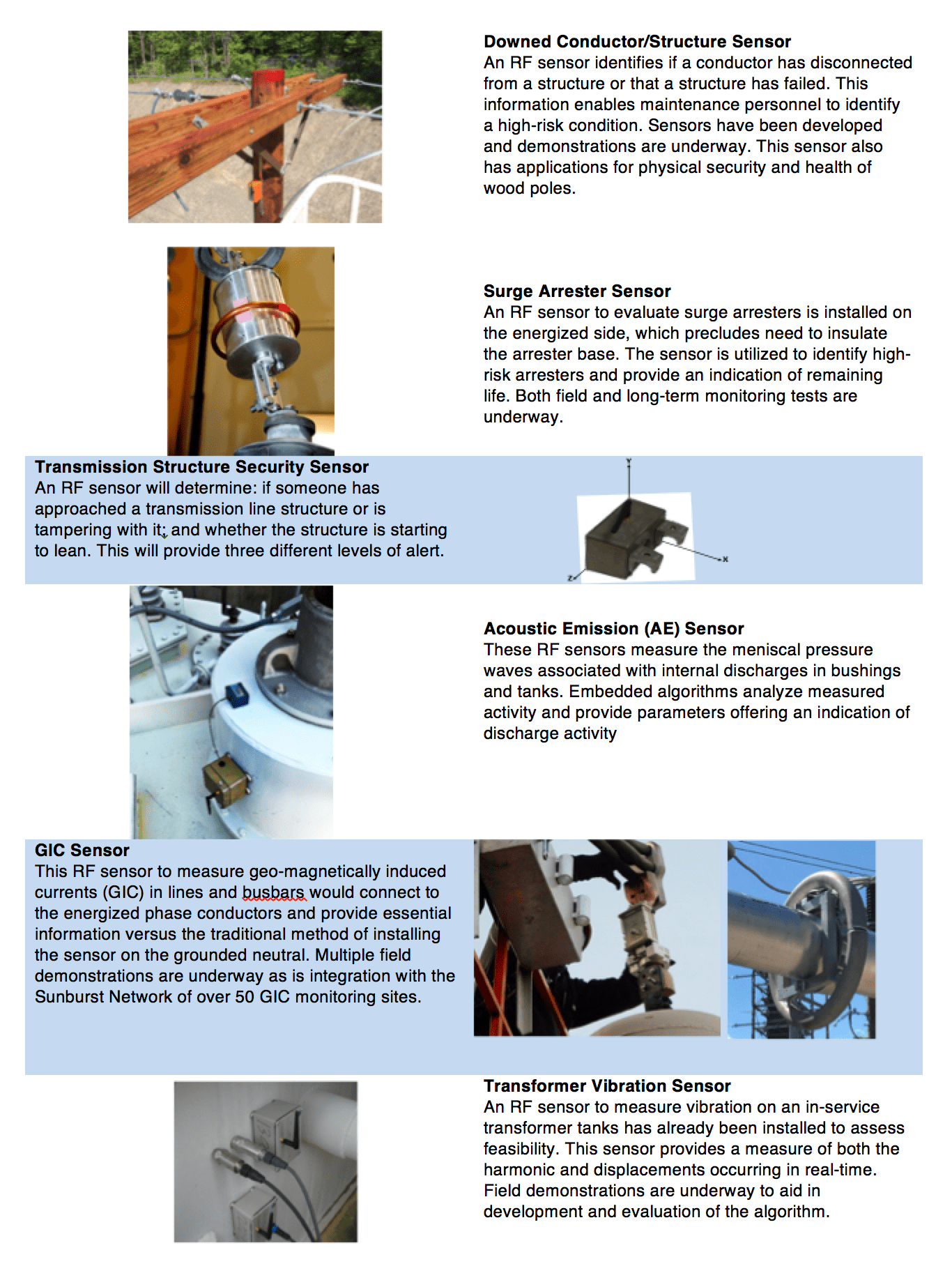

One qualification requirement is performing a Type and a Prequalification test according to IEC. 2 shows a typical possible arrangement.įig. Moreover, treatment of cable shielding can be individually adapted by cable type or based on customer needs. Using a patented bolted connector allows the conductor to be connected with optimal contact force and without need for special tools. The technology behind joints such as Ixosil has been extensively tested ensures simple installation of the waterproof, external housing along with maximum operational safety. 1: Example of a pluggable system UM = 550 kV. It is also salt-water resistant meaning it can be used in coastal areas as well as in offshore surroundings. An additional benefit comes from the housing, which is completely touch-proof and waterproof. Maximum diameter over insulation is 144 mm. For example, the dry pluggable system can handle cable diameters of 3000 mm² CU or AL conductor, carrying up to 4000A nominal current. All field control units and electrical stress materials are pre-fabricated and routine-tested, thereby ensuring high operational safety. These components are type tested and can be used for all kinds of XLPE cables, independent of core diameter, diameter over insulation and manufacturer. This includes a dry, pluggable cable connection for transformers and gas insulated substations, cable terminations, cable joints and pluggable cable joints as well as a blind dummy plug.
Inmr integration series#
The EHV series of cable accessories now offered by suppliers such as Pfisterer completes the range up to 550 kV cables. By contrast, if cable diameter is reduced by 10, power losses are reduced by only the same factor. Increasing system voltage by 10 leads to reduction in power losses by a factor of 100, given the same cable diameter. The main reason behind the trend toward high system voltages is reduction in power losses. These days, system voltage of 550 kV used in EHV cables allows power transmission up to 1.5 GVA. The first three-phase alternating current transmission line, in 1891, had a system voltage of 25 kV and carried electrical power over 176 km. One approach to reduce power loss is by increased system voltage, as has been achieved over past decades. In addition, energy often has to be transported great distances from points of generation to major demand centers and this requires detailed consideration of power losses. Urbanization requires a higher transmission capacity that could either be triggered by numbers of consumers or by fluctuations in generation and consumption due to integration of renewables. This edited 2015 contribution to INMR by experts at Pfisterer in Germany discussed these challenges in the context of their development of next generation cable accessories. Similarly, downtime has to be minimized while safety aspects are increasingly complex. Compactness and size reduction are no longer simply desirable but now a crucial performance requirement. Power distribution networks are changing rapidly as integration of renewables as well as creeping urbanization require updated concepts in power infrastructure.


 0 kommentar(er)
0 kommentar(er)
